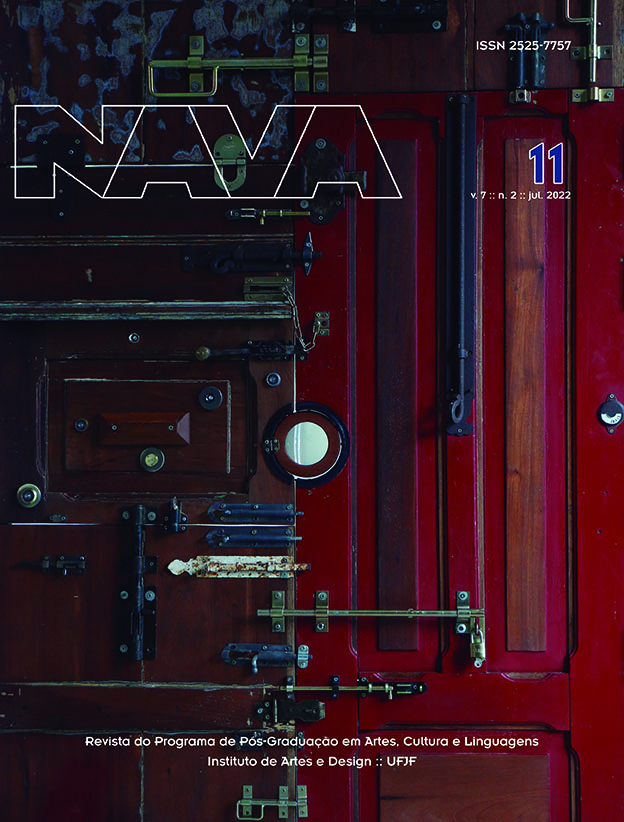I'm a fan of Victor Arruda and he's still alive!
DOI:
https://doi.org/10.34019/2525-7757.2022.v7.36859Keywords:
Contemporary Art; Brazilian Art; Victor Arruda;Abstract
Summary This article makes a brief review of the trajectory and creative process of the Cuiaban artist Vitor Arruda, whose work was initiated and initially disseminated in the “Geração 80” in Rio de Janeiro. With a mostly pictorial work with a strong aesthetic of the grotesque, related to the word and the inscriptions of ethnologically charged aphorisms of a repressed Brazilian society and in the transition from democracy, Arrudiana aesthetics presented Brazilian art with images of an obscene reality veiled by the common. . Arruda's voice appears as interlocutor and primary source in excerpts from an unpublished interview granted during the period of the research carried out in 2013. Issues that cross the taboos of the body, sexualities and gender subjugations, opened up a aesthetic and conceptual dimension still incipient presented and discussed publicly. At the beginning of the 10th decade of this millennium, we enthusiastically considered about the absolence of censorship in Brazil, unfortunately we live again a wave of hunting for works of art, in the dark times of covernamentality that suddenly haunted the contemporary art scene. Situations already considered retrograde and inconsistent with the time when the text was written, but these are issues that can be brought in a strong sense to corroborate, unfortunately, with the recent attacks on the exhibitions “Queermuseu”, the performance “La Betê” by Wgner Schwartz and the work of Pedro Moraleida presented posthumously in “Do It Yourself Sistine Chapel”.
Downloads
Downloads
Published
Issue
Section
License
Copyright (c) 2022 Felipe Saldanha Odier

This work is licensed under a Creative Commons Attribution 4.0 International License.
A Revista Nava adota a licença Creative Commons CC-BY.
Nossa política de direitos autorais garante aos autores a possibilidade de adaptar e partilhar o conteúdo publicado.
Os autores se mantém como detentores do copyright de seus trabalhos após a publicação.






